Interest Free Financing Up To 36 Months
WE DO NOT ONLY PUMP YOUR TANK - WE CLEAN IT!
Multiple Financing Options Are Available Up To 36 Months
Interest Free Financing Up To 36 Months
WE DO NOT ONLY PUMP YOUR TANK - WE CLEAN IT!
Multiple Financing Options Are Available Up To 36 Months
In case you are developing a residential or commercial facility where there is no centralized municipal sewer system, then consider installing a septic tank. However, you need to be cautious about the location of the septic tank to avoid future litigations, health issues, and environmental degradation.
In fact, a good understanding of the environmental impact of waste management will help you succeed as a real estate investor or developer.
We discussed how to locate a septic tank during the design or construction phase of a building. You will learn how to know what septic tank locations are even possible at a particular site and how to change the location of your septic tank.
Understand Your Local Regulations
The first step is to check with the regulatory body in your area or municipality to get all necessary approvals for septic tank installation. In some states, you may start with filing a Notice of Intent (NOI) to Discharge. Then the local government permits and utilities will be next in line before identifying the location and digging holes for the tank. It is the regulatory body that will provide information about the gas line, water line, phone line, or electrical cable including other potential hazards in your premises.
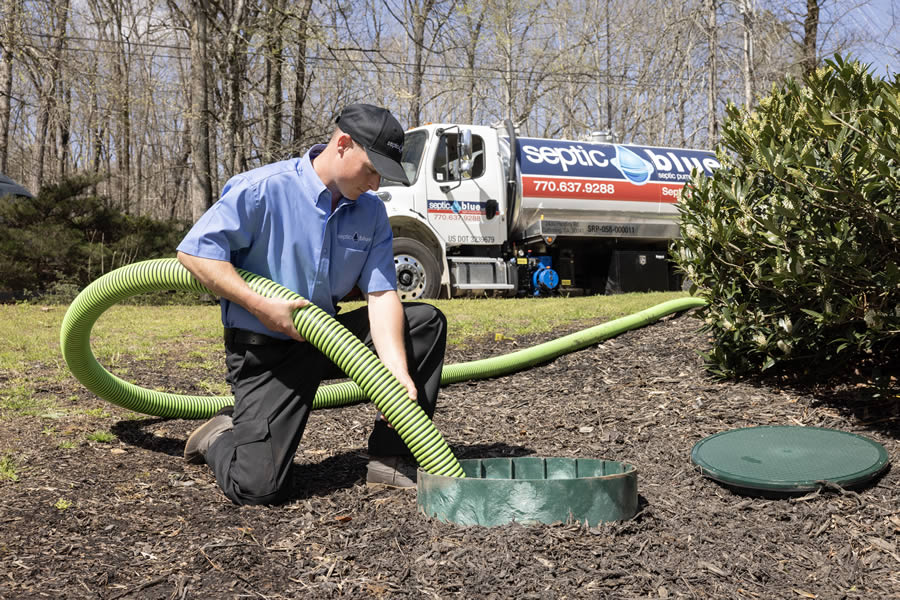
Septic tank pumping in Raleigh has never been so affordable and accessible thanks to the professionals at Septic Blue. We are…
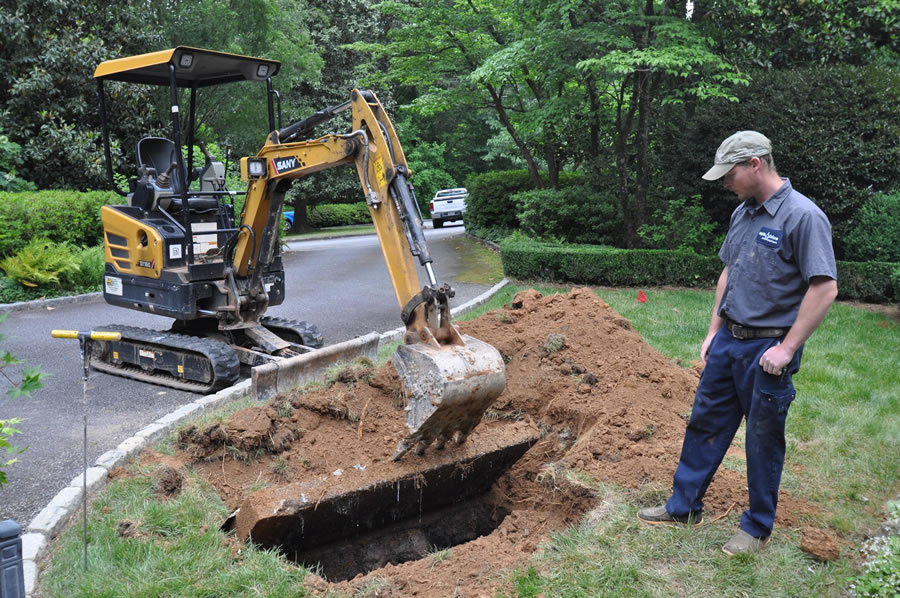
One quarter of Americans rely on septic tanks to process household waste. Most Septic Blue locations have septic tank experts who…
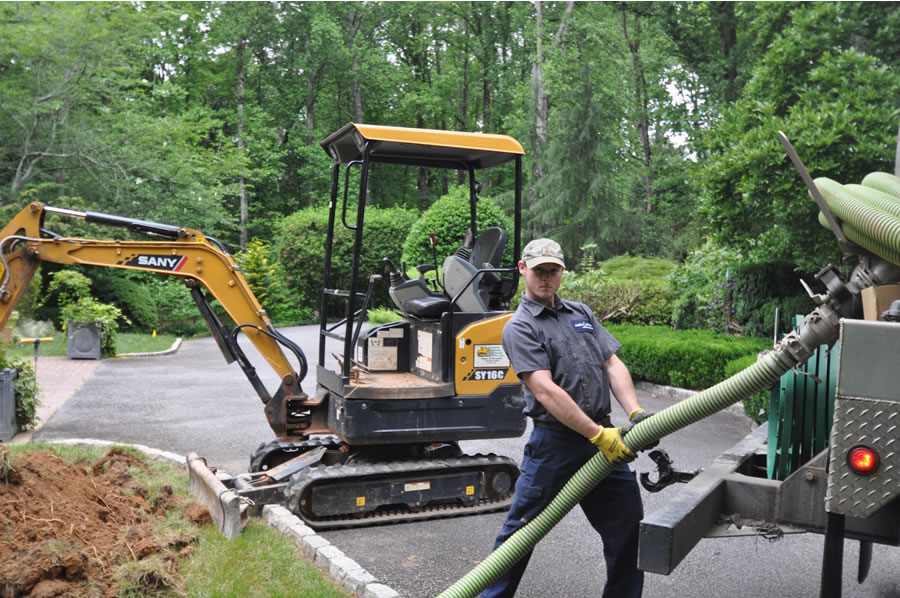
Call Septic Blue today for a second opinion. If you choose to go with Septic Blue, you'll receive $250 off your…
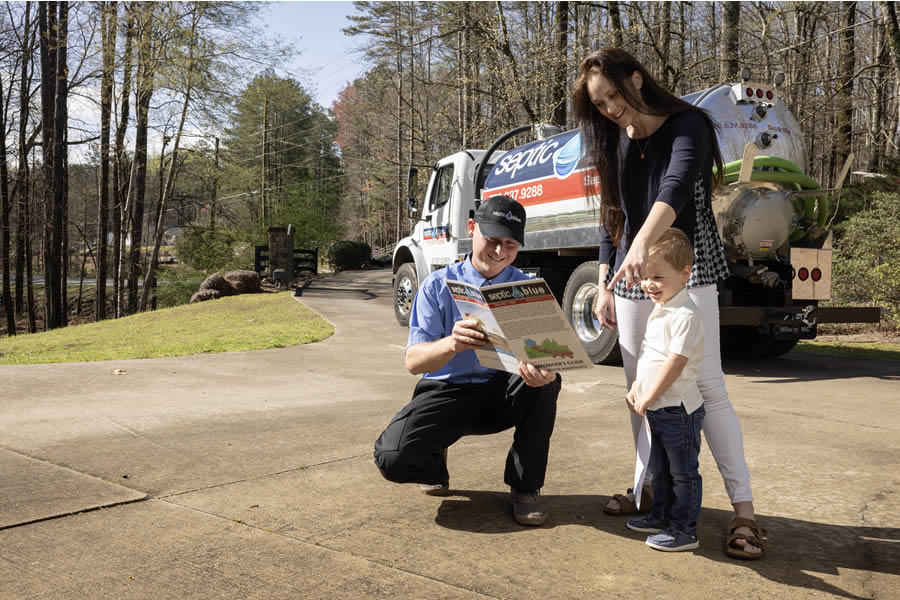
If you are a homeowner or resident in Raleigh that is among the 20 percent of households in the U.S. with…
Professional Saptic Plumbing solutions for every need. Contact Us Today!
Evaluate the Site Conditions for Septic Tank Installation
A prior evaluation of the site is necessary before a final decision on the location of the septic tank. You should consider a location with minimal trees, and are not subject to flooding, ponding, or surface drainage from surrounding areas.
If there is a potential risk of pollution to the groundwater or you suspect a complex soil structure, then there should be a further soil morphology evaluation. This is necessary because the septic tank is designed to retain sewage and drain away wastewater. And the wastewater should be absorbed into the soil without contaminating groundwater.
Topography
The site slope or topography is a critical factor to consider when choosing a suitable location for the septic tank. Since the system depends on gravity to function, the tank should be placed downhill from the source of sewage. The distance from the nearest water supply should be at least 15m.
When accessing the site topography, you should consider placing the septic tank away from property lines, wells, underground cables, and other features that may be risky to the wellbeing of individuals and the environment.
Space for Vacuum Trucks
You should consider enough space for the entrance of a vacuum truck or vacuum tanker. This is because the septic tank needs to be pumped regularly. Delay in pumping the septic tank can result in the spread of disease and environmental degradation. For all your septic pumping needs, do not hesitate to call the Septic Blue of Raleigh. We are a septic company with a difference. We have state-of-the-art equipment and vacuum trucks for efficient septic pumping.
Just like other components and equipment, the septic tank also needs adequate maintenance. After the installation, ensure that you continuously check pipelines for leakages or cracks. If you notice anything wrong with your pipelines or sewage system, call Septic Blue of Raleigh for possible maintenance and septic pumping.
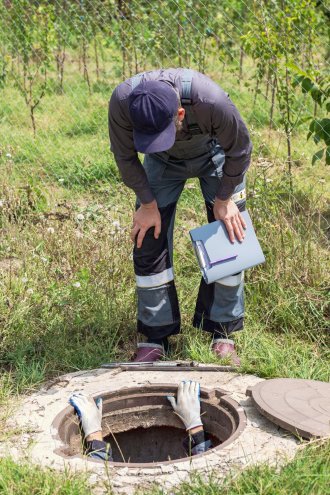
If you’ve ever heard a strange gurgling or bubbling sound coming from your sinks, toilets, or drains, it might be more…
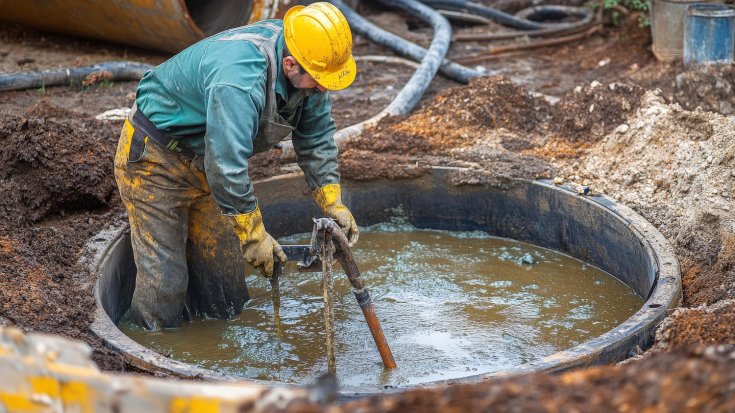
A septic backup is one of the most unpleasant and stressful issues a homeowner can experience. It occurs when wastewater from…

Many homeowners rarely think about what happens after they flush the toilet or drain the sink. Yet, the health of your…
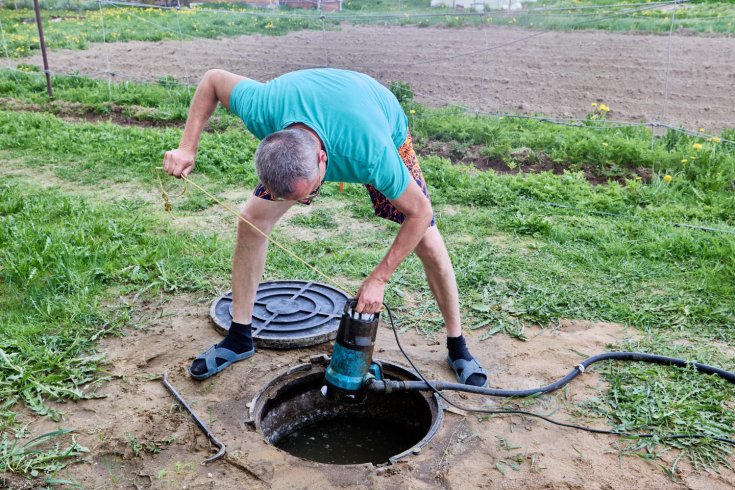
Your septic system plays a crucial role in managing your home’s wastewater efficiently. When it’s working properly, you barely notice it.…